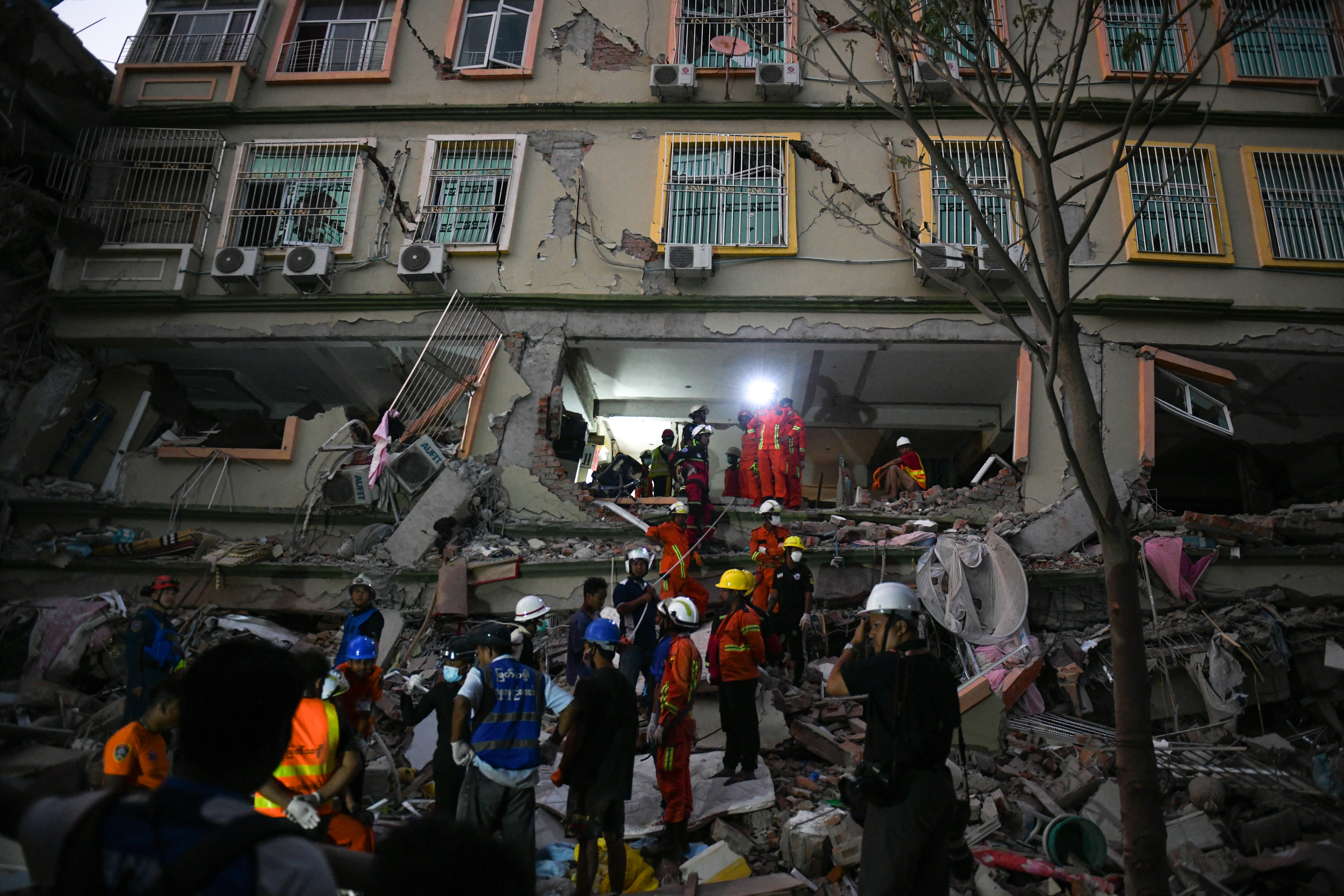Only a fraction of federal money helping residents build tornado shelters has made it North Texas, an NBC 5 investigation finds.
A two-month NBC 5 investigation has found that only a fraction of the hundreds of millions of dollars the federal government has handed out for tornado shelters made it to the Dallas-Fort Worth Metroplex, the biggest metropolitan area in Tornado Alley.
The Federal Emergency Management Agency said it has spent more than $540 million helping people install shelters across the country in the last 13 years. FEMA's Tornado Safe Room Rebate Program will often pay half of the cost of a shelter, up to a maximum of $3,000.
But in North Texas, only Tarrant County has received money for building safe rooms in homes. It received about $400,000 to install shelters in about 200 homes.
The other 15 counties in the region received nothing because they simply didn't ask for it.
The North Central Texas Council of Governments, which represents the region's 16 counties, said counties sometimes don't apply for the shelter grant money because the paperwork is too time-consuming.
"In order for counties and cities to be eligible, they have to have approved hazard mitigation plans," said Molly Thoerner, NCTCOG director of emergency preparedness.
Under FEMA rules, the plans are required before a county can even ask for the tornado shelter money.
Local
The latest news from around North Texas.
Tarrant County spokesman Marc Flake said his county's hazard mitigation plan added up to hundreds of pages and a yearlong process of working with the state and FEMA. Then the county applied for the tornado shelter grant, which can take another year.
NBC 5 wanted to ask FEMA some questions about why the process can take so long, but the agency refused to be interviewed on camera.
In an email, an agency spokesman said FEMA "always tries to process applications as quickly and smoothly as possible."
In one case earlier this year, FEMA funded a tornado shelter application in Oklahoma within a few weeks of receiving the final application information from the state, the agency told NBC 5.
Dallas, Denton and Collin counties applied for safe room money -- along with Tarrant County -- in December. Four months later, they are still waiting for approval through the state and FEMA.
In other parts of Texas, counties have been much faster in getting their plans together and applying for the shelter money. According to state records, the Panhandle Regional Planning Commission received $4.2 million to install almost 1,700 shelters.
Researchers at Texas Tech University said they are disappointed it has taken so long for the money to reach the DFW area because they know storm shelters can guarantee survival.
At the university's Wind Science and Engineering Center, researchers simulate conditions produced by EF-5 tornadoes by firing wood boards at 250 mph at storm shelters. The shelters that pass the test can repel and stop the same debris that goes right through a house's brick walls.
"[A] missile goes through there like a hot knife through butter," said Larry Tanner, a Texas Tech research associate.
After going through an outside wall, a piece of wood can continue to fly through other walls inside a house, meaning that a bathroom or closet may not provide much shelter.
When an outbreak of tornadoes struck the DFW area on April 3, Mary Jensen took cover in her new storm shelter in Kennedale as a twister touched down blocks away.
"I can't begin to tell you the feeling that I had somewhere to go," she said.
FEMA grant money paid for half the cost of Jensen's shelter. But there's so much demand for shelters in Tarrant County that its grant money is already gone.
Jensen said she couldn't understand why the federal government, state and counties can't get more of the funds to North Texans faster.
"Don't wait until it's all over and lives are lost, for God sake," she said. "Do it now. Help us."
The NCTCOG said it's working with the state and FEMA to try and speed up the process.
"The longer it takes for us to implement programs like this, the more opportunity we miss to make a difference," Thoerner said.
Meanwhile, the researchers at Texas Tech suggest that anyone looking for a shelter in the near future should not count on the government.
"I think that people should provide their own protection and not wait for a grant," said Ernie Kiesling, a professor at the Wind Science and Engineering Research Center.
Mike Owens, whose son was killed when a tornado struck their Van Alystne home, agreed.
"That's a no-brainer to me, to go ahead and do it," he said.
Owens' 14-year-old son, Colson, was hit by falling debris and buried under the remains of the house when a tornado struck May 9, 2006. He said he thinks about his son about 10 times per day.
"It's one of those things when you miss someone, you miss them. It just doesn't go away," he said.
The Owens family built a new house on the same hill where the old one stood and installed a tornado shelter under the garage.
"We buried it basically 10 feet underground," Owens said.
He said his shelter, which cost less than $5,000 to construct, gives him peace of mind in a storm. He said his faith gives him peace for his son.
"We're greatly comforted, you know, to know that we will see him again," Owens said.



